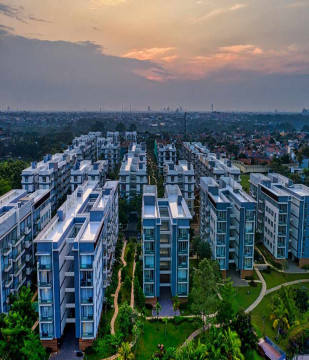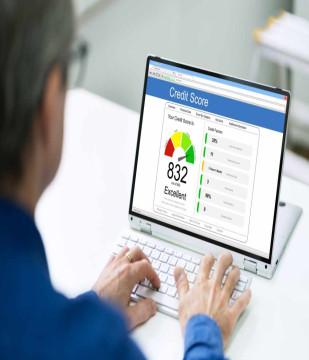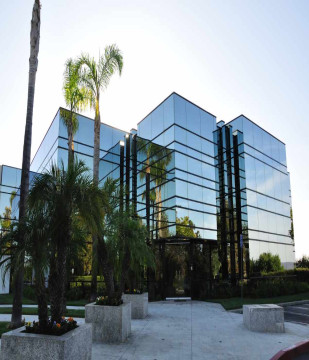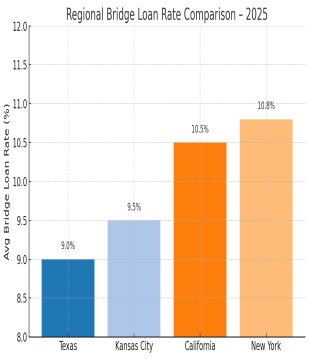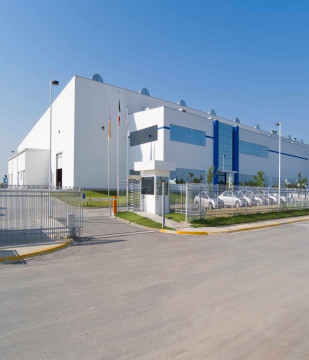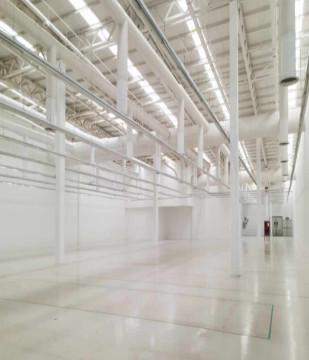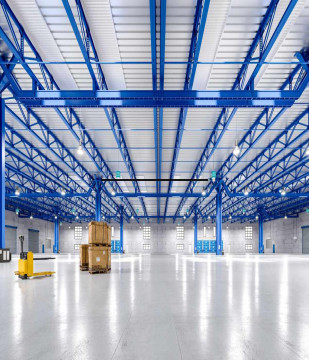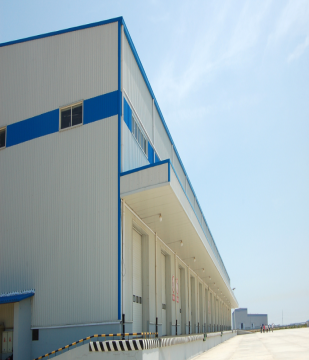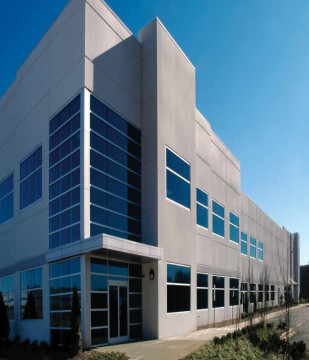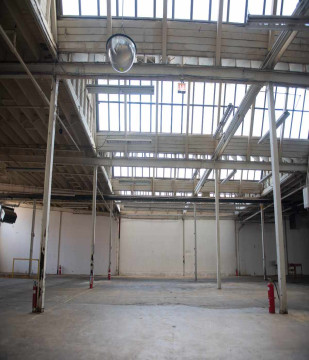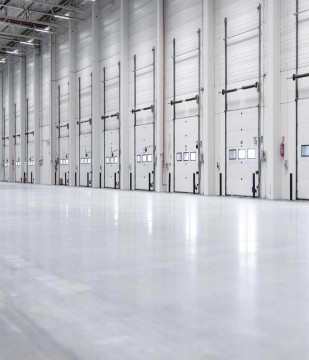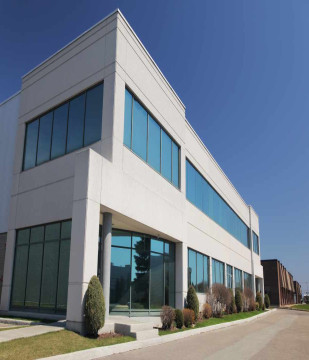Understanding Gross Leasable Area and What it Means for Your Investment

Terrydale Capital
Jun 20, 2024 6 Min read
 Learn
Learn
Gross Leasable Area (GLA) is a critical concept in commercial real estate, influencing everything from property valuation to investment decisions. For commercial real estate investors, understanding GLA is essential for evaluating the potential profitability and suitability of a property. This blog will delve into what GLA is, how it is calculated, and why it matters for investors.
What is Gross Leasable Area (GLA)?
Gross Leasable Area (GLA) refers to the total floor area of a commercial property that is available for rent to tenants. This includes both the space within the tenant's premises (such as retail stores, offices, or industrial spaces) and common areas that are used exclusively by the tenants, such as corridors, lobbies, and restrooms.
GLA is a key metric in the commercial real estate industry because it directly impacts rental income and property value. It is used by landlords, property managers, and investors to determine rental rates, assess the property's capacity to generate income, and compare different properties.
How is Gross Leasable Area Calculated?
The calculation of GLA can vary slightly depending on the type of property and the specific lease agreements, but it generally follows these principles:
- Inclusion of Usable Space: GLA includes all areas that tenants occupy or have exclusive use of, such as office suites, retail stores, or industrial units.
- Exclusion of Non-Leasable Space: Areas that are not rentable, such as building infrastructure (elevators, stairwells), maintenance areas, and public spaces (lobbies, communal restrooms) are typically excluded from the GLA calculation.
- Shared Tenant Areas: Common areas shared by tenants but not accessible to the general public (like internal corridors) are included in GLA, as tenants are considered to benefit from these spaces.
To illustrate, consider a shopping mall with the following spaces:
- Retail stores: 50,000 square feet
- Food court area: 10,000 square feet
- Hallways: 5,000 square feet (accessible to tenants only)
- Maintenance rooms: 2,000 square feet (not included in GLA)
- Public restrooms: 1,000 square feet (not included in GLA)
In this scenario, the GLA would be 65,000 square feet (50,000 + 10,000 + 5,000).
Why is GLA Important for Commercial Real Estate Investors?
GLA is a fundamental measure for investors as it directly impacts several key aspects of commercial real estate investment:
- Rental Income Potential: The GLA determines the amount of space available for lease, which in turn affects the total rental income a property can generate. Higher GLA typically means more rental units and, consequently, higher potential income.
- Property Valuation: Investors use GLA to assess a property's value. Properties with higher GLA often command higher market values due to their increased income-generating potential.
- Occupancy and Vacancy Rates: Understanding the GLA helps investors analyze occupancy and vacancy rates, providing insights into market demand and the property's performance. A higher occupancy rate within the GLA indicates strong demand and stable income, whereas high vacancy rates might signal potential issues.
- Comparison and Benchmarking: GLA allows investors to compare properties on an apples-to-apples basis. By standardizing the measurement of leasable space, investors can better evaluate different investment opportunities and benchmark performance against market averages.
- Lease Structuring: Lease agreements often reference GLA for determining rental rates, escalation clauses, and other terms. Investors need a clear understanding of GLA to negotiate favorable lease terms and optimize rental income.
Conclusion
Gross Leasable Area is more than just a metric; it's a crucial element that influences every aspect of commercial real estate investment. From assessing rental income potential to valuing properties and structuring leases, GLA provides a foundational basis for making informed decisions. For commercial real estate investors, a deep understanding of GLA is essential to maximize returns and ensure successful investment outcomes. By carefully evaluating and leveraging GLA, investors can navigate the complexities of the commercial real estate market with greater confidence and precision.
When it comes to the commercial real estate sphere, having the right team behind you can make the process that much easier, and Terrydale Capital is here to help. Contact us today.
Partner With Terrydale Capital for Your Debt Financing Needs
When it comes to debt financing, understanding the right timing, process, and options is crucial. At Terrydale Capital, we provide a comprehensive range of commercial loan solutions tailored to meet your business's unique needs.



